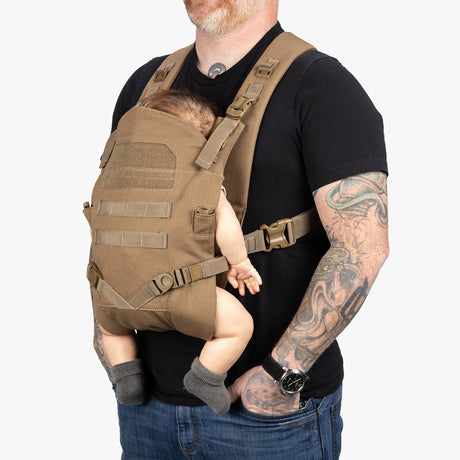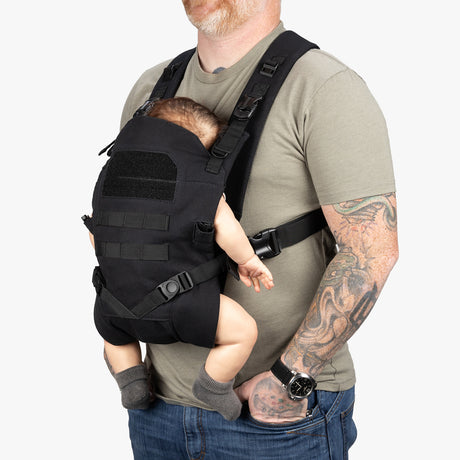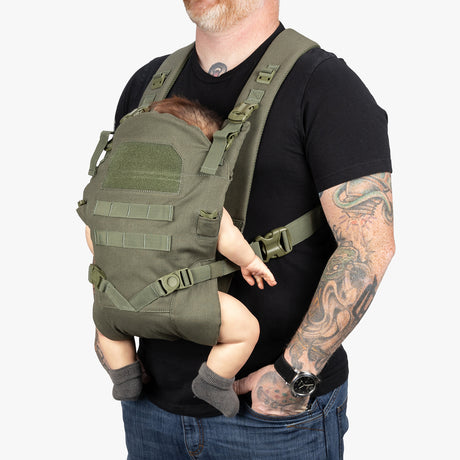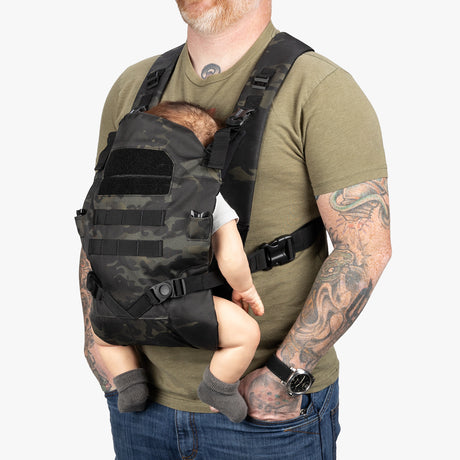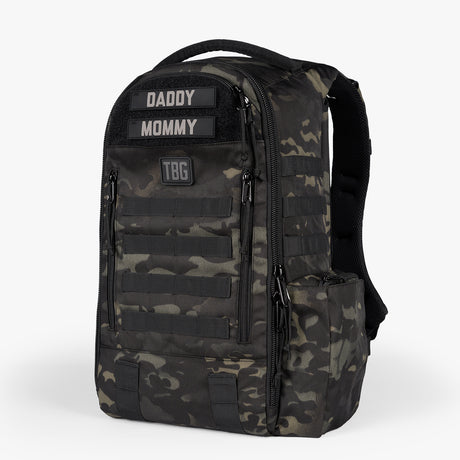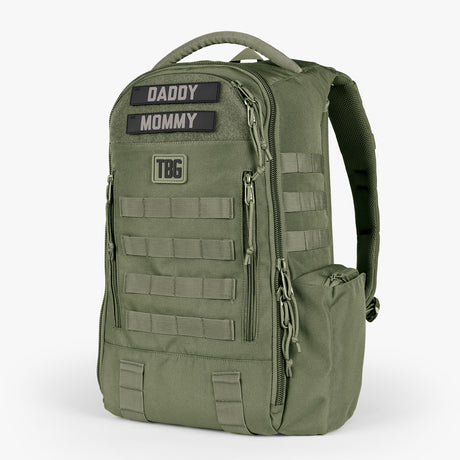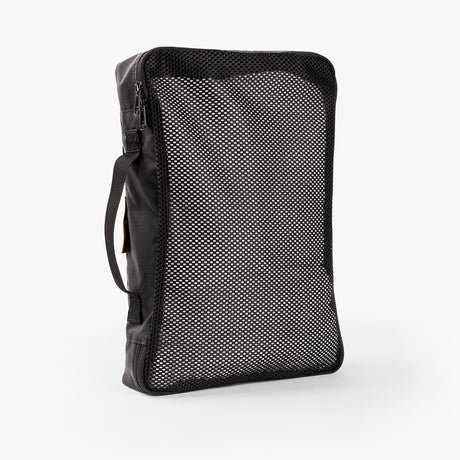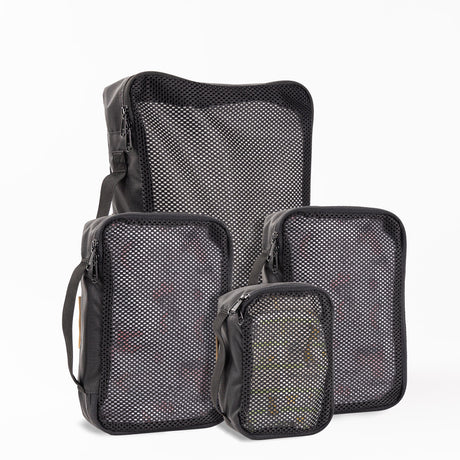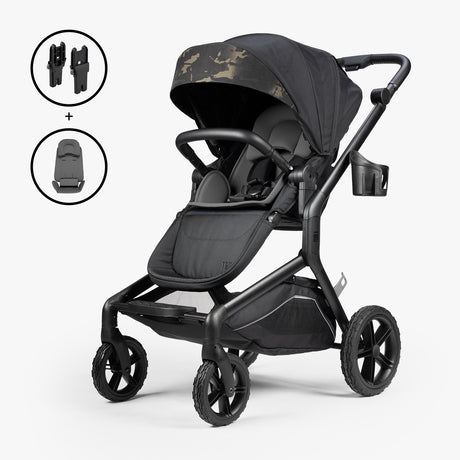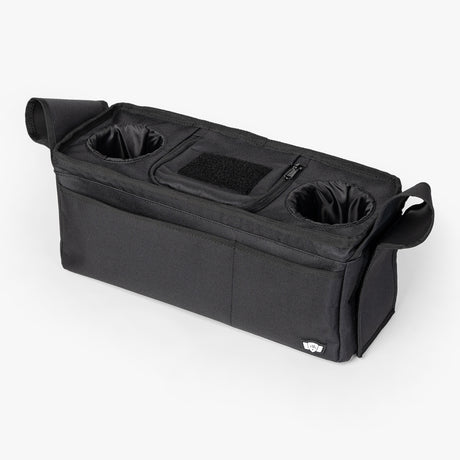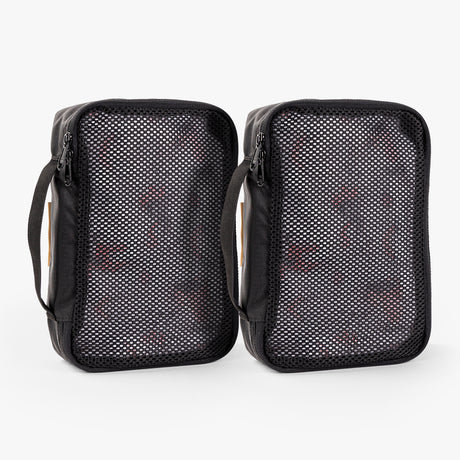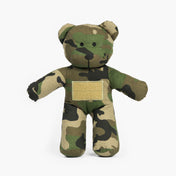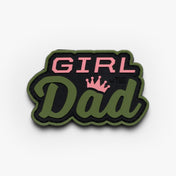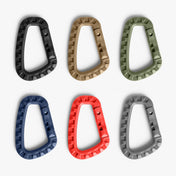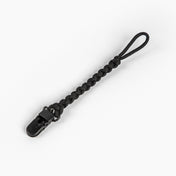Mounted on shoulders, cradled in arms, tied to the back – human babies assert their cutesy importance early on in life. But, however fun babies might be, having to carry or hold them till the time they can manage to be on their own is a strenuous task.
Rational humans, clever minds, and necessity-driven inventors therefore came up with a means of easing the “pain” of carrying a child around. Various methods of transporting human babies have been around for quite a long time. Egyptian artwork from the time of the Pharaohs depict some form of such transportation, as does European art depictions of Mary carrying Jesus in a sling. However, it was the invention of the pram or stroller that became the most convenient modern day “transports” for the babies of the world to travel in.
Baby strollers have come a long way in a history that spans nearly three hundred years. But just how far have they come? At first glance, you may think that today’s active strollers have nothing in common with the Victorian styled prams of the 1700s, but you may be surprised that they still share some very basic design features.
The evolutionary journey of the baby buggy is full of fits and stops, but it is a path clearly marked through history by several very big turns.
The time in history when the stroller took shape is not very far removed from the modern day.
The First Stroller
In 1733 an eminent English architect, William Kent, was entrusted the task of designing some mode of transport by the then Duke of Devonshire, William Cavendish, to carry his children. Emergent, therefore, from royal fancies, this novelty in design turned out to be a shell-shaped basket on wheels that wasn’t merely and simply functional in its origin. Rather, decorative to suit every whim of the blue-blooded duke, this ornate piece of movable furniture was designed also to be drawn by goats or ponies.
Indeed a luxury item at the time, it was seen as a frivolous endeavor by the everyday populace. It was distinctive in style. Amply featuring a certain serpentine theme along its body as well as in its long harness. It also contained a large symbol of the Devonshire family crest and was therefore very evident in its “status” as being no ordinary carriage for babies to cry in.
Exquisite in design, evocative of heritage and lineage, this Chatsworth Serpent Pram was both exclusive and pricey. In its red silk canopy and crushed velvet seat, though, the beauty of the stroller perhaps outdid its convenience. In drawings it does not strike as being particularly comfortable for a baby to slide in and out of.
Kent’s design caught on, and soon baby carriages were springing up in wealthy circles around Europe. They were amazingly detailed works of art, but they were considered luxuries at the time. The everyday middle class and working poor of the time could never afford such an extravagant baby toy.
Given the premise of extravagance upon which Kent modeled his invention to cater to royalty, it wasn’t surprising that almost a century since its invention, the stroller was still more of a status symbol and a display of power, prestige, and wealth.
Additional Takes on the Original
The advent of the 1800s, though, brought about much more popularity for the baby stroller, more in its functionality than in its aesthetic features. By the 1840s, the stroller had become popular enough to come in a variety of offerings.
In America, Benjamin Potter Crandall manufactured a new design. What made it different from the Kent design was that it could be pushed. However, the Crandall design was rejected by the mainstream public and once again the baby stroller was considered a luxury item.
His son, Jesse Amour Crandall, took over the family business and made some additions to the original blueprint. These included a brake, a model which folded, an oscillating axle, designs for parasols, and an umbrella hanger.
In 1848, an American inventor, Charles Burton, created the first recognizable stroller called the “perambulator.” The perambulator had a three-wheel push design. It looked like Grandpa’s favorite couch with big wheels. Customers found it hard to use and gave feedback like: “It’s unwieldy,” and “I can’t control it.” Feeling bad but optimistic, Burton took his design to England. He entered the market to little sales until the royal family started using them. It quickly became a popular design that was widely distributed in the United Kingdom. Queen Victoria publicly purchased three of them, which made the stroller a must-have item for mothers.
Royalty helped the invention to take centerstage, making the British Royal Family an indispensable link in the invention of this form of baby transport. The United Kingdom uses the word “pram” to describe a stroller because of Burton’s perambulator.
It is interesting to note that when the first prams and strollers appeared in the late nineteenth century, they were banned from public footpaths. Several women were prosecuted for pushing their babies on these public walking areas, but the law eventually decided that these mothers with baby strollers didn’t pose enough of a safety risk to be prosecuted.
Richardon's Patent Changes Everything
On June 18, 1889, William H. Richardson walked into a Baltimore patent office with an idea that forever changed the baby stroller.
His idea for a baby stroller used a special joint to allow a bassinet to be turned to face the operator or face away, as in conventional strollers of the day. He created the first reversible baby carriage.
Several changes he made also went into the axles, which allowed for greater turning ability. Up until that time, baby strollers had solid axles which did not allow independent wheel movement. The front wheels turned together, and the back wheels turned together. Richardson’s stroller allowed for the wheels to turn individually, which meant the transport could turn 360 degrees in a much smaller turning radius.
Many of Richardson’s design modifications are in use today.
The War Years
When World War I drew to a close before 1920, the ensuing baby boom opened the market for baby strollers to all but the poorest families. It was this time that the issue of safety really took hold for baby stroller designers, and over the years some very important modifications were added.
Footbreaks became a standard feature on all baby prams and strollers. The basket on the prams were deepened so that children would have a difficult time escaping from them. Also, most carriages were lowered, so that any child resourceful enough to get out of their basket would have a short trip to the ground below.
Aesthetically, rubber and plastic parts became more common on prams and strollers, replacing the old wicker and wood models of earlier years. Chrome also became more prevalent, starting with basic chromium plated joints used to replace expensive brass ones and later moving to replace every exposed piece of metal.
By the 1950s, baby strollers were a must-have for any new parents. Cheap materials and safe designs made buggies fashionable again, and this time everybody could afford them.
Maclaren and His Umbrella
In 1965, an aeronautical engineer from London named Owen Maclaren listened to his daughter complaining about her trip from the United States to Britain with her old pram in tow and decided to help her out. Realizing that her problem was that she needed something compact and lightweight enough that could be stored away when not in use, Maclaren used his knowledge of airplane manifolds to build his daughter a baby buggy that could do all those things and more.
What he invented was the umbrella stroller, the first true baby “buggy,” and he forever changed the baby carriage world with it. Using a lightweight aluminum frame that could fold down into a compact size, Maclaren developed his stroller to have amazing load-bearing capabilities as well as being safe enough for his grandchild to ride in.
Strollers in the Late 1900s
The last thirty years of the 20th century saw a ton of substantial advancements in strollers including advances in comfort, safety, versatility, and style.
In 1984, Phil Baechler invented the first jogging and running stroller and named it the “Baby Jogger.” His company, Racing Strollers Inc., only sold a few hundred for the first couple of years, but then popularity took off in the late 80s and early 90s. He made single and double stroller versions, and they sold for about $250-300.
Today, hundreds of stroller models are available, ranging in price from under $100 to over $3,000. Among the most pricey is the elegant pram Prince William and Kate Middleton bought for baby Prince George. It is considered to be the “Rolls Royce of prams” thanks to the top-of-the-line craftsmanship.
The Baby Buggy of Today
Strollers have certainly come a long way since the first baby carriages of the 1700s and through all the iterations of carriages in the 19th and 20th centuries. One thing that has always remained, however, is that people will always need a convenient way to get their babies from point “A” to point “B.”
New safety features, more convenience, wider versatility (age, height, weight ranges), and more portability and comfort are now standard. The face of the baby stroller is literally changing everyday. Who knows that the next great buggy design will be?




